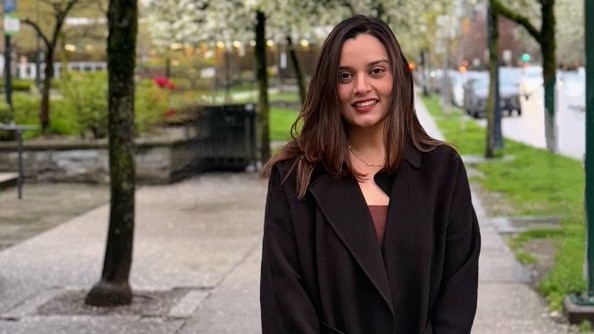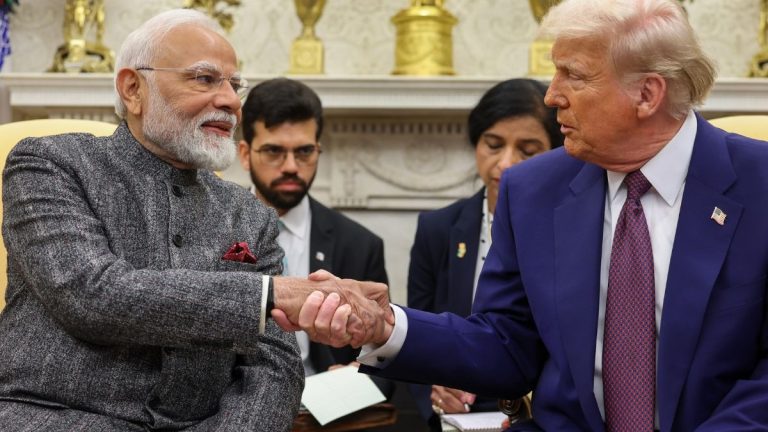After spending nearly two weeks in Vancouver, a city consistently ranked among the world’s most liveable, an Indian entrepreneur shared a compelling thread outlining what Indian cities can learn from its urban design and governance.
From pedestrian-friendly infrastructure to clean energy and integrated public services, Shruti Chaturvedi, founder of Indian storytelling platform Chaipani, highlights 19 key takeaways, sparking discussion on how Indian cities could evolve with smarter planning and deeper civic intent.
Among her main observations: footpaths are treated as core infrastructure, wide, shaded and continuous — even in suburban areas. Public waterfronts are open and accessible, lined with walkways and cycling tracks. Vancouver’s public transport system is seamless and reliable, with a single card and app covering trains, buses and ferries.
She praises the city’s mixed-use planning, where homes, offices, clinics and shops coexist, keeping streets lively round the clock. Parks and green spaces are embedded into every neighbourhood. “Nature is sacred infrastructure here — not an obstacle to development,” she notes, calling out the contrast with how Indian cities often mistreat rivers and green cover.
Public spaces like libraries, washrooms, and community centres are clean, free and well-maintained. Citizens can scan QR codes to report civic issues via the city’s Van311 app — a simple tool Chaturvedi believes Indian municipalities could adapt.
She also points to real inclusion — indigenous voices are formally recognised in governance, and Vancouver’s diversity is “lived, not performative.” However, she also acknowledges challenges: visible drug abuse and homelessness, long wait times in healthcare, and unaffordable housing — likening it to Mumbai.
Chaturvedi doesn’t romanticise Vancouver blindly. She points out the visible crisis of substance abuse and homelessness, especially in areas like East Hastings. Healthcare, too, is not without flaws — despite being “free” for Canadian citizens, she notes long wait times and prohibitive costs for newcomers without private insurance.
But her message is clear. Indian cities must prioritise human-scale planning, environmental respect, and inclusive design. “I’ve compiled what I observed and wish gets implemented in India while preserving our culture,” she writes. “We deserve better.”






